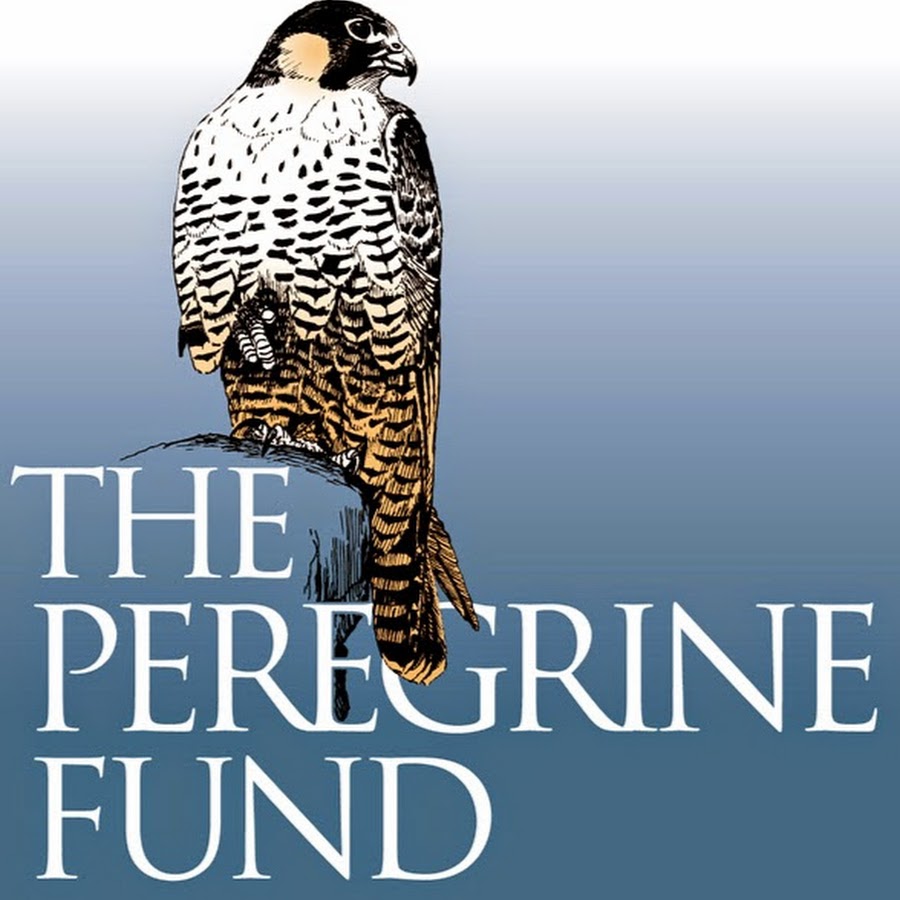Buy the Original, Prints, clothing or Tote Bags:
25% goes to support the Kenya Bird Of Prey Trust
Watercolor, 31″ x 23″, on Legion Special Handmade, rough 300lb:
Price: $10,000
The Mackinder’s eagle owl (Bubo capensis mackinderi)
About MacKinder’s Eagle Owls
The Kenyan, or Mackinder’s eagle owl, is a subspecies of the eagle owl. Mackinder’s eagle owls in central Kenya are generalist predators capable of exploiting an agricultural niche that is devoid of most other
Research by Simon Thompsett of the Kenya Bird Of Prey Trust has shown that the owls consume a wide variety of prey, 87% mammals, 7% birds and 5% insects. Farming practices are influencing both prey selection and abundance of Mackinder’s eagle owls. Owls respond to numerical fluctuations in small mammals and may play an important role in controlling farm pests.
Diet diversity of this population of owls is high and this may have negative long-term consequences for owl productivity and some farming practices continue to threaten this population, particularly the poisoning of owl prey with pesticides.
Range Map of the MacKinder’s Eagle Owl
About the MacKinder’s Eagle Owl at KBOP
About the Painting
Reference:
I saw the MacKinder’s on a trip to the trust and was impressed by its sheer bulk and presence, though he was a bit camera shy, so I resorted to Getty images for a stock photo as my core reference.
Paper:
I used Lanaquarelle 300 lb rough, from Legion Paper, after testing 7 different high-end watercolor papers to see which best suited my techniques of large, smooth gradient washes, wet-on-wet, deliberate blooms, seas salt application, multiple layers of glazing and spot lifting.
Paints
I used David Smith Extra Fine Watercolors: Burnt Umber; Raw Sienna; Burnt Sienna Light, Yellow Ochre; Naples Yellow, Alvarro Caliente Grey, Paynes Grey and Prussian Blue, and for eyes, Chromium Yellow Light, Cadmium Orange and Rose Madder. For the deep purple background, Winsor & Newton Artists Gouache: Prussian Blue; Alizarin Crimson; Payne’s Grey and Burnt Umber
The painting took approx. 100 hours over one and a half busy weeks
Conservation Status
IUCN Red list

The International Union for the Conservation of Nature (IUCN) Red List, a global standard for assessing the extinction risk of species, lists the Mackinder’s Eagle Owl as “Least Concern”, but several Kenyan Owl species are threatened with extinction, particularly the Sokoke Scops Owl (Otus ireneae), which is listed as :Globally Endangered.
LEADING OWL CONSERVATION ORAGNIZATIONS

Our Mission
Our mission is to secure healthy raptor populations in Kenya. To achieve this we need to protect critical raptor habitats, manage and restore raptor populations and educate people on the value and importance of raptors
What we do
The Kenya Bird of Prey Trust strives to work with partners to actively manage raptors in their natural environment, to understand raptor ecology and movements better,, to restore populations through rescue and rehabilitation, and to educate people in order to limit raptor persecution. With the permission and partnership of the Kenya Wildlife Service, we are responsible for the care of a variety of raptors in two raptor centres.
Our Programmes:
Rescue and Rehabilitation
Education and Capacity Building
Monitoring and Research


As Kenya’s most eminent national wildlife conservation agency, we commit ourselves to providing leadership in wildlife conservation and management.
We manage the fundamentally undiscovered, pristine and undisturbed, Mwea National Reserve – an oasis of calm and tranquility in a populous landscape.
It shelters two rare bird species; Pel’s fishing owl and the white-backed night heron. It is the only protected reserve in which the globally threatened and Kenya-endemic Hinde’s Babber is found.
While not based in Kenya, The Owls Trust is working with SOFAfrica in Kenya to raise awareness about owls and their role in pest control.
My Conservation Commitment

25% of all proceeds from Eagle Owl art and merchandise is donated to the Kenya Bird of Prey Trust, which focuses on raptor conservation, rescue and rehabilitation, research and raptor education among local communities in Kenya.
The male Mackinder’s rescued by Kenya Bird Of Prey Trust was discovered tangled in horticultural plastic and had poked its eye out. It is comfortably housed next to some verreux eagle owls in their Naivasha sanctuary, and is begrudgingly tolerant of human interaction (as opposed to a verrueax, raised from a chick, which has become part of the human family at the trust.

